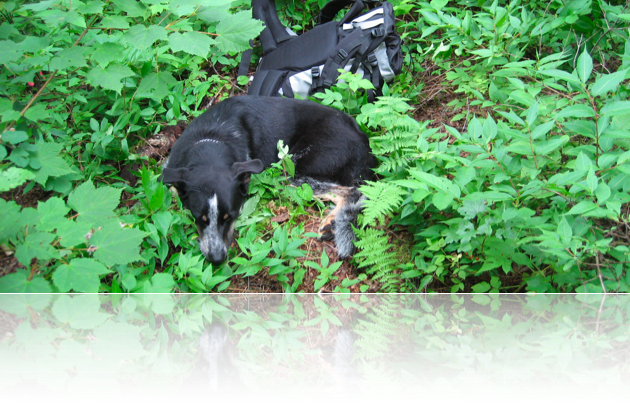Recent Publications


Recent peer-reviewed publications
If you would like a reprint for any publication, please email me (hansonm@cc.umanitoba.ca) and I will send you a PDF copy. Thank you for your interest!
[30] Conley, J.M., Schorr, M.S., Hanson, M.L., Symes, S.J. and Richards, S.M. Chitobiase activity as an endpoint for impacts of pharmaceuticals on arthropod communities: A case study in the Tennessee River. Canadian Journal of Fisheries and Aquatic Sciences. (accepted, January 2009)
[29] Rentz, N., Solomon, K.R. and Hanson, M.L. 2009. Understanding the influence of relative growth rate, population density, and stand establishment on toxicity to aquatic macrophytes. Environmental Toxicology and Chemistry. (accepted, November 2008)
[28] Mahran, A., Tenuta, M., Hanson, M.L. and Daayf, F. 2008. Volatile fatty acids in liquid hog manure responsible for the suppression of root lesion nematodes and in vitro screening of their nematicidal activity to Pratylenchus penetrans and Caenorhabditis elegans. Journal of Nematology 40(2):119-126.
[27] McGregor, E.B., Solomon, K.R. and Hanson, M.L. 2008. Effects of planting system
design on the toxicological sensitivity of Myriophyllum spicatum and Elodea canadensis to
atrazine. Chemosphere. 73(3):249-260.
[26] Knapp, C.W., Engemann, C.A., Hanson, M.L., Keen, P., Hall, K.J. and Graham, D.W
2008. Indirect evidence of transposon-mediated selection of antibiotic resistant genes in
aquatic systems at low level oxytetracycline exposures. Environmental Science and
Technology. 42(14): 5348-5347.
[25] Richards, S.M., Kelly, S.M. and Hanson, M.L. 2008. Zooplankton chitobiase activity as an endpoint of pharmaceutical effect. Archives of Environmental Contamination and
Toxicology. 54:637-644.
[24] McGregor, E.B., Solomon, K.R. and Hanson, M.L. 2007. Monensin is not toxic to aquatic macrophytes at environmentally relevant concentrations. Archives of Environmental Contamination and Toxicology. 53(4):541-551.
[23] Brain, R.A., Hanson, M.L., Solomon, K.R. and Brooks, B.W. 2008. Targets, effects and risks in aquatic plants exposed to pharmaceuticals. Reviews in Environmental Contamination and Toxicology. 192:67-115.
[22] Caquet, T., Hanson M.L., Roucaute, M., Graham, D.W. and Lagadic, L. 2007. Influence of isolation on the recovery of pond mesocosms from the application of an insecticide. II. Benthic macroinvertebrates. Environmental Toxicology and Chemistry. 26(6):1280-1290.
[21] Hanson, M.L., Graham, D., Babin, E., Azam, D., Caquet, T., Coutellec, M-A., Knapp, C.W., Lagadic, L. and Caquet, T. 2007. Influence of isolation on the recovery of pond mesocosms from the application of an insecticide. I. Study design and planktonic community responses. Environmental Toxicology and Chemistry. 26(6):1265-1279.
[20] Hanson, M.L., Knapp, C.W. and Graham, D.W. 2006. Field assessment of oxytetracycline exposure to the freshwater macrophytes Egeria densa Planch. and Ceratophyllum demersum L. Environmental Pollution. 141(3):434-435.
[19] Hanson, M.L. and Lagadic, L. 2005. Chitobiase activity as an indicator of aquatic ecosystem health. Aquatic Ecosystem Health and Management. 8(4):441-450.
Recent nonpeer-reviewed publications
[15] Rentz, N. and Hanson, M.L. 2009. Duckweed toxicity tests are appropriate for ERA. SETAC Integrated Environmental Assessment and Management: Learned Discourse. 5(2): (in press)
[14] Hanson, M.L., McGregor, E.B. and Mohr, S. 2009. Critical evaluation of (semi)field methods using aquatic macrophytes. AMRAP Workshop. SETAC Press. (in press)
[13] Hanson, M.L. and Arts, G.H.P. 2007. Improving regulatory risk assessment as itrelates to aquatic macrophytes. SETAC Integrated Environmental Assessment and Management: Learned Discourse. 3(3):466-467.